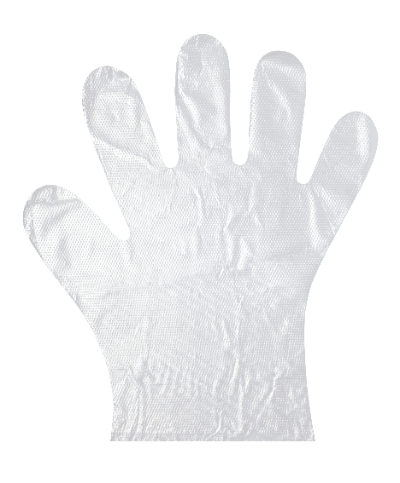What Is an Ejector Pin?
An ejector pin is a mold component used to eject the finished product from the mold during the aluminum die-casting and resin parts molding process. It plays a crucial role in mold-based molding, where molten metal or resin is poured between two molds. The product is then removed after it has cooled and solidified, facilitated by the ejector pin.
Essentially, without the Ejector Pin, extracting the product from the mold would be impossible.
Uses of Ejector Pins
Ejector pins are indispensable in mold-based molding, catering to die-cast molding with metal molds, such as aluminum, magnesium alloys, and cast iron, and for injection molding of various resin parts. Available as standard products, ejector pins come in round and square shapes, with round pins typically used for products with shallow depths like lids. They should be installed near ribs or areas with high mold release resistance. Conversely, square pins are preferred for products with deeper bases to minimize the visibility of whitening, a common issue in resin extrusion.
Principles of Ejector Pins
The ejector pin operates by pushing out and detaching the molded product that adheres to the mold. Molds, usually split into fixed and movable parts, allow the material to be injected in between. Once the mold opens, the ejector pin, embedded in the movable mold, protrudes to separate the product. This pin is attached to the ejector plate of the molding machine, which when actuated by the ejector rod, pushes the pin out, leading to ejection of the product.
Structure of Ejector Pins
The architecture of a straight ejector pin encompasses a sliding part, a non-sliding part, and a collar. The sliding part requires high precision for smooth operation and to prevent defects like burrs. The non-sliding part, designed to mitigate stress concentration, may undergo treatments like annealing for enhanced durability. Modifications to prevent rotation and ensure the integrity of the molded product and the pin itself are also common, such as adding protrusions or altering the pin’s head shape.
1. Sliding Part
This component, fitting into the core’s mounting hole, must be precisely machined and have a smooth surface to minimize friction and prevent defects.
2. Non-Sliding Part
Located at the interface with the collar, this part is designed to absorb stress, with treatments applied to strengthen it against stress concentration. Depending on the product’s design, preventing the ejector Ppin’s rotation to avoid damage or deformation is often considered, using techniques like head modifications.
